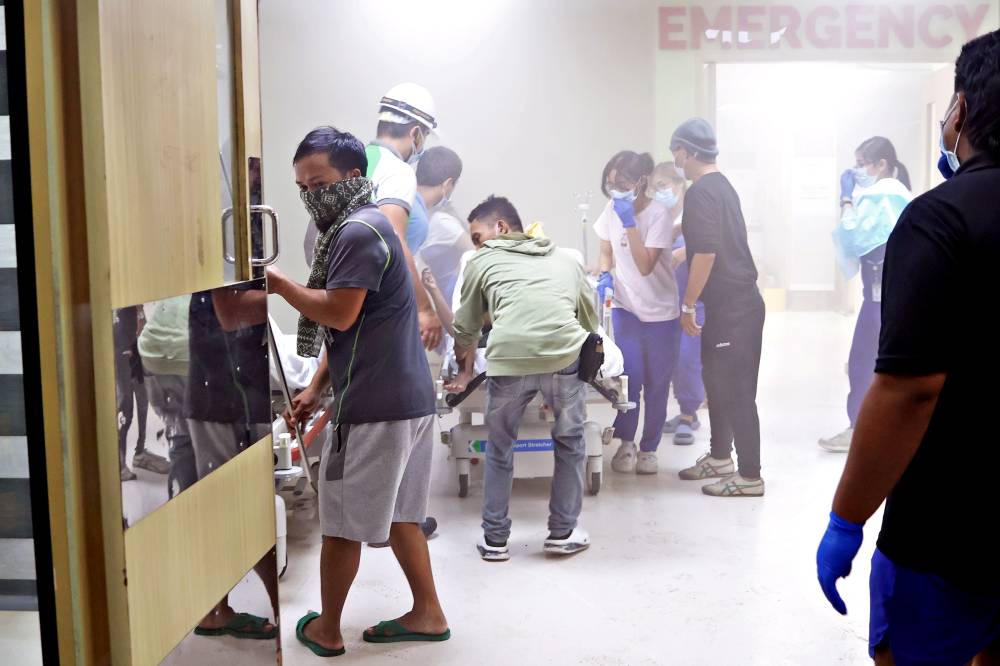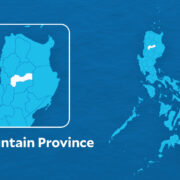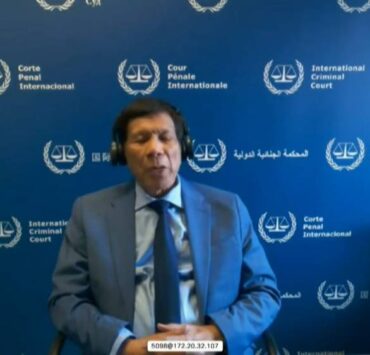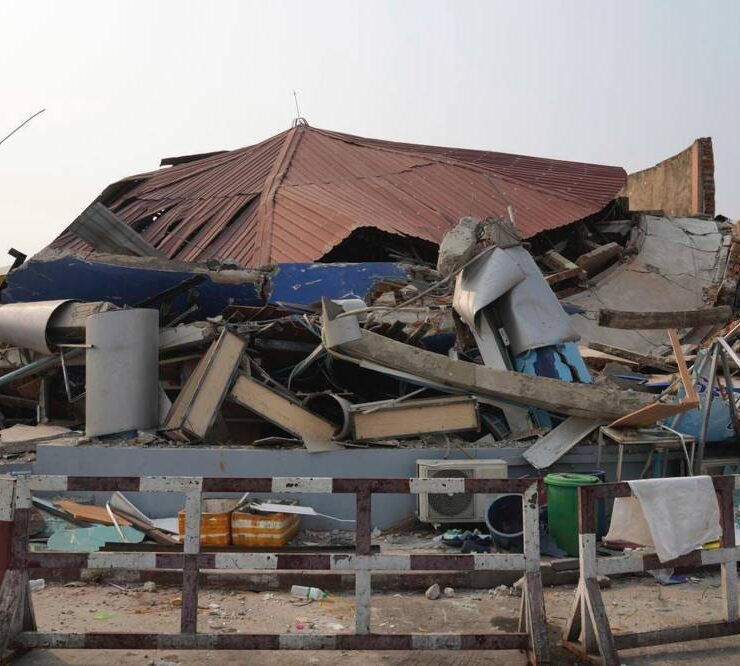Gov’t tells public: make structures disaster-ready

Government officials have called on the public to ensure the disaster-readiness of privately constructed structures in anticipation of a massive earthquake, even as they have received widespread criticism over their failing public infrastructure projects.
In a press briefing, officials from the Department of Public Works and Highways (DPWH), the Philippine Institute of Volcanology and Seismology (Phivolcs), and the Office of Civil Defense (OCD) said the private sector must ensure that structures meet the minimum engineering standards.
DPWH Undersecretary Ma. Catalina Cabral said the agency is undertaking a yearly program to “improve and strengthen” public infrastructures such as school buildings and bridges to ensure earthquake preparedness.
“Our main emphasis is that all of us should be prepared, especially for those of us that would need the support of our government… to make sure that the public infrastructure and private infrastructures are ready in case of any calamities in the country,” she said.
Cabral’s statement comes on the heels of an ongoing investigation into the collapse of the Sta. Maria-Cabagan bridge in Isabela province in late February, which occurred despite the absence of a natural disaster.
She said the DPWH has completed the assessment and retrofitting of 124 public buildings in Metro Manila.
“We have programmed the retrofitting of more than 500 public buildings that are funded under our local fund and ODA (Official Development Assistance),” she said.
Cabral said that the DPWH also has a partnership with the World Bank to retrofit 425 more government buildings to align their structural integrity with international standards.
“In terms of readiness of equipment, the DPWH has more than 2,000 equipment scattered in all regions across the country, not only Metro Manila. But for Metro Manila, we have 500-plus equipment we call ‘quick response assets’ for the immediate response in case of calamity,” she said.
Drills
Philvolcs Director Teresito Bacolcol said holding quarterly earthquake drills with the “duck, cover and hold” mantra may be insufficient.
“For all these disasters, the best course of action is always preparedness, and when we talk about preparedness, we have to make sure that our buildings, our houses are earthquake resilient. Meaning, we have to follow the minimum engineering standards when we construct our houses or buildings,” he said.
For his part, OCD Administrator Ariel Nepomuceno said his agency is always on the alert, along with the private sector, for massive earthquakes that may hit the country, such as the so-called “Big One” projected to hit the West Valley Fault.
“Alongside the National Simultaneous Earthquake Drill (NSED) is the drill among the responding government agencies with regard to our capability to still communicate with each other during the earthquake and the aftermath of the earthquake,” he said.
The agencies conduct drills on different disaster scenarios, such as tsunami preparedness during NSED, as some areas in the country are prone to tsunamis.
“So, number one is NSED improvements, more scenarios that will be practiced by all agencies-both national and local government units, plus the participants from the private sector,” he said.


















